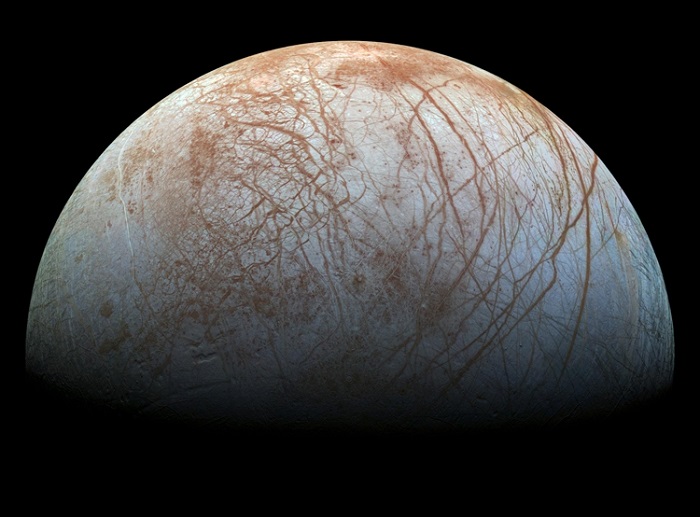Scientists have found new evidence that super-Earths, a class of planets with masses greater than Earth’s, rarely form around stars with low metal content. The results of a new study could help understand how the chemical composition of stars affects the formation of planetary systems.
Since the 1990s, astronomers have discovered more than 5,000 exoplanets. Of particular interest are the super-Earths that rarely form near our galaxy’s most common stars. The results of the study, published in the journal Astronomy Journal, helped shed light on the causes of this phenomenon.
The formation of planets, especially the terrestrial type, is believed to be facilitated by the high metal content in the star and its protoplanetary disk. However, M-type stars or red dwarfs are characterized by low metallicity.
Recall that metallicity is an indicator of the content of elements heavier than helium in a star. The higher it is, the more building blocks for solid planets there are in and around the star: iron, silicon, and magnesium. Lower metallicity means fewer solid materials, making it harder for planets to form according to traditional models.
Metallicity also allows astronomers to determine the age of celestial objects. If stars and nebulae are rich in metals, they are likely to have formed relatively recently, unlike objects with low content of heavy elements that were likely born in the early universe. This means that the first super-Earths formed about seven billion years ago.
The authors of the new study collected a sample of 10,000 red dwarfs whose metallicity had been well studied, combined this with data from existing exoplanet catalogs obtained with the help of the Kepler and TESS missions. The astronomers then analyzed the frequency of detection of super-Earths near M stars based on their chemical composition.
The results showed that there is a direct relationship between the metallicity of the star and the frequency with which super-Earths are detected within it. This means that the more heavy elements a star contains, the higher the probability of super-Earths forming around it. The scientists’ results also allow us to set an upper limit on the number and distribution of small planets in our galaxy.













